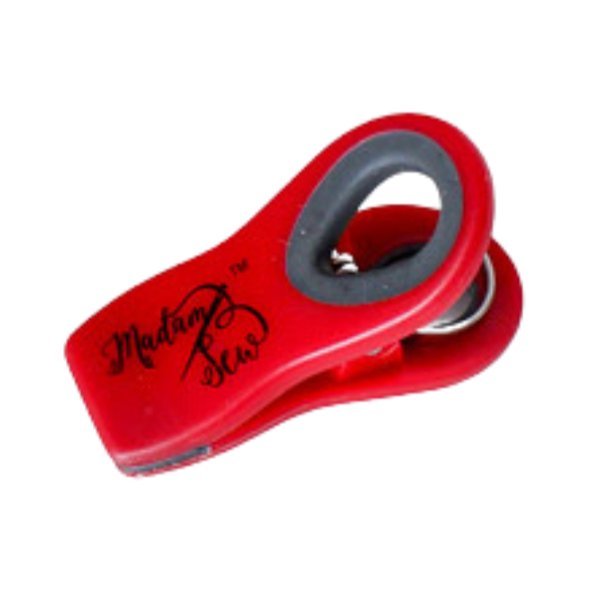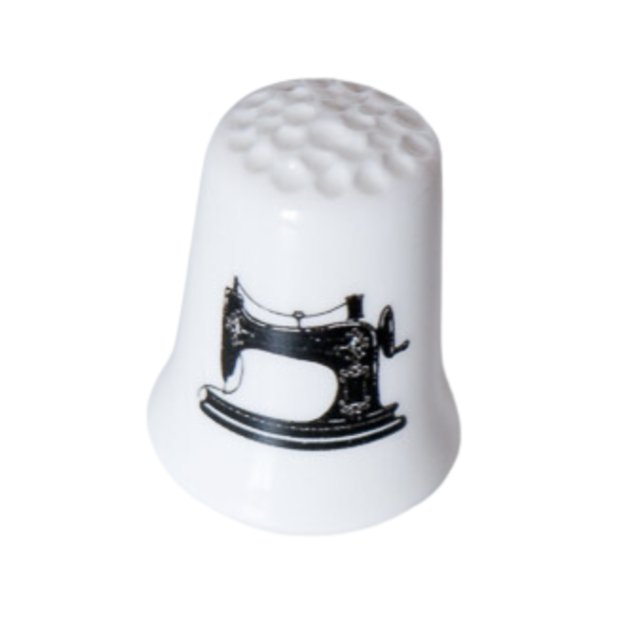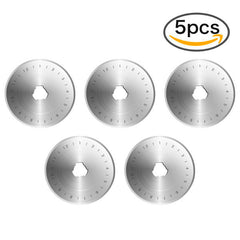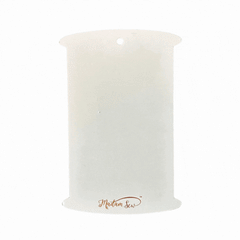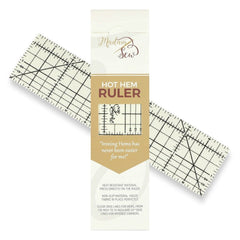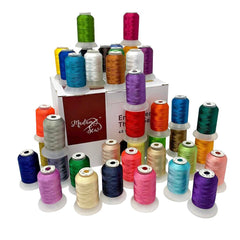Learn to Mend Your Clothing by Hand
Having the right tools and knowing some basic hand stitches to do clothing repairs yourself can save you time and money and extend the life of your favorite garments. Instead of piling damaged clothing at the back of your closet, why not learn a few simple hand sewing techniques? Whether you're at home or traveling, these repairs are simple and can be very satisfying.
This guide will walk you through the essential materials for a compact travel-friendly repair kit, fundamental sewing techniques and stitches, and some practical advice for common clothing fixes. No sewing machine needed.
Why Bother Repairing Clothes?
In today’s world, it’s easy to replace clothing when a button falls off, a zipper breaks, or a seam unravels. New clothes are available everywhere, even when traveling. But what if:
• You're attached to a favorite piece of travel clothing?
• You want to live more sustainably and reduce waste?
• You’re out hiking or camping far from the nearest store?
If any of these apply, this guide is for you. With a few tools and techniques, you’ll be able to tackle common clothing repairs efficiently and confidently—whether you're on the road or at home.
Get The Tools
First, make sure you have the tools to do basic clothing repairs. The very basics would be “needle and thread”, but to make it somewhat more comfortable and easier, I would add a couple of more things. For quick fixes at home or on the go, your repair kit should be compact, lightweight, and practical. Pre-made sewing kits are available online, but they often include low-quality tools and items you don’t really need. The really small ones that only hold some tread, two small buttons, a needle and one small safety pin, that you get for free, won’t get you really far. Crafting your own ensures you have exactly what you need and in a quality that lasts.
Build the Perfect Sewing Kit
-
Safety Pins (5): Ideal for temporary fixes like holding pants up or securing a broken zipper.
-
Hand Sewing Needles (3): Include a heavy-duty needle, a medium-size needle, and a fine needle for delicate fabrics.
-
Threaded Bobbins (4): Choose black, white, gray, and one heavy-duty thread for bag repairs.
-
Thimble: Protects your fingers during heavy-duty sewing.
-
Needle Threader: Optional but useful if threading needles is challenging.
-
Small Scissors: Choose sharp embroidery scissors for versatility—perfect for cutting thread, fabric, and even bandages.
-
Sewing Pins (5): Help hold fabric in place while you sew.
-
Buttons (3): Include different sizes for shirts, blouses, and pants.
-
Seam Ripper: Essential for undoing mistakes.
-
Adhesive Patch Fabric: Great for waterproof or hard-to-sew fabrics like puffer jackets.
-
A Patch: Can be used to cover a hole or a weak spot in the fabric. Most patches have a fusible or adhesive backing.
- Interfacing: Reinforces worn-out fabric before sewing; fusible interfacing is most common, but the adhesive version is better when traveling.
Each of these tools has a purpose. Let’s take a look why I believe these are useful to have:
• Safety Pins: When sewing isn’t an option, safety pins offer a quick fix. They’re versatile enough to hold fabric together, replace a clasp, or temporarily close a rip in a backpack. If you would only have one thing in a repair kit, just five safety pins would be my recommendation. Few things are smaller, more lightweight and as varied in use as safety pins.
• Needles & Thread: Different needle sizes ensure compatibility with various fabrics. Pre-wound bobbins take up less space and hold enough thread for repairs. You can buy prewound bobbins or wind empty bobbins yourself on your sewing machine. For heavy duty hand sewing repairs a thimble is a very useful tool to bring. A basic hand needle threader tool is purely optional but it doesn’t take much space and can avoid a lot of frustration.
• Scissors: Sharp embroidery scissors can handle both delicate threads and heavier fabrics, making them more versatile than basic thread snips. With my stork scissors I can also cut a little piece of fabric, or even paper or bandages.
• Seam Ripper: If you make mistakes (and everyone does), a seam ripper will help you correct them cleanly.
• Sewing Pins: hold the fabrics together when you are sewing by hand.
• Adhesive Patch Fabric: Perfect for waterproof materials or items like down jackets where stitching isn't ideal.
To store your sewing kit, you can get a small zippered pouch, use a sturdy ziplock bag or even make your own simple zipper pouch. If you want to go all the way, you can create a more complicated but very handy little sewing case. Both tutorials, and plenty of others are on the Madam Sew Blog.
For tips on basic sewing tools in general, like the sewing tools you need as a beginner sewist (using a sewing machine), I would recommend reading this blog post about essential beginner sewing tools that I wrote some time ago.
Three Hand Sewing Stitches for Basic Repairs
The following basic hand stitches focus on repairing clothes with needle and thread. For repairs with adhesive patches you can refer to the instructions that come with the patch material. I’ll explain and show you the hand stitches that are most commonly used for repairs.
Prepare Your Needle and Thread
Yes, that is the first step when you are going to do a repair by hand, preparing your needle and thread. Choose a needle and a thread that fits the fabric you are repairing. Choose a color of thread that blends in and a needle size that can pierce the fabric easily and doesn’t make holes that are too big. We have a “hand sewing basics” series on our Sewing and Quilting Blog that talks about different aspects of working with a hand needle and thread. The following topics might be of interest for you: threading a needle, using a single or double thread, knotting a thread, and hiding your knot. Click on the links to go to the detailed blog and video to learn more.
Reinforce the Fabric
If the fabric is weak or you have a relatively big hole or an unraveled tear in front of you, I would definitely recommend reinforcing the fabric with some interfacing. You’ll get a better grip on the fabric when sewing and it will make your repair last longer. You can use fusible interfacing, that is what is most commonly used. With a hot iron you apply an extra layer of fabric on the wrong side of the garment covering the hole, tear or weak area completely. After that you can start sewing what needs to be fixed.
Master These Basic Hand Stitches
Hand sewing is an essential skill for anyone to have. I think you can get a long way when you know these three stitches:
1. The Running Stitch
2. The Back Stitch
3. The Ladder Stitch
1. The Running Stitch
The running stitch is a simple stitch that is clean and easy to make. The needle and thread run in and out of the fabric in a continuous line, like a dashed line, without overlapping. There is no easier hand stitch.
With this stitch you can fix small tears, hems and loose seams, close small holes, attach patches or straps that came loose and reinforce weak spots on your clothes. To perform this stitch just go up and down with your needle through the fabric.
Tip: For stronger seams, use shorter stitches.
2. The Back Stitch
The back stitch is a more secure and advanced version of the running stitch. You constantly take one step back and two steps forward along your stitch line. One side will look like a simple running stitch, the other side of the fabric will have a line of overlapping stitches. It definitely takes more effort to finish a row of back stitching than a row of running stitches. When you are new to hand sewing, you might want to try the running stitch first.
Use the back stitch when the materials are pulled in opposite directions when used or when there is more weight on either side of the stitch. You can even use it to reattach a zipper when the seam has come undone. You can basically use this stitch instead of the running stitch. It is stronger and will probably last longer.
How to:
• Start like a running stitch, bringing the needle up through the fabric.
• Insert the needle back into the fabric a stitch length behind where the thread came out.
• Push the needle forward two stitch lengths ahead and repeat the process, going back a stitch length behind where the thread came out.
The result will be a continuous, overlapping stitch line on one side and a smooth running stitch on the other.
Watch this video and see how I repair a seam of my pants with a back stitch.
3. The Ladder Stitch
The ladderstitch is perfect for joining two layers of material together when you want to hide the stitched seam. This hand stitch is also called slip stitch or blind hem stitch.
It is used to discreetly repair a seam, hem, or to patch pockets or attach a binding. This stitch is designed to be invisible on both sides, so using a thread color that mirrors the color of the fabric is critical.
Go to my blog about invisible stitches if you want details on how to sew a blind hem stitch by hand. I also have a tutorial on how to sew a blind hem with a sewing machine, using a blind hem presser foot.
Tip: Use matching thread to make this stitch truly invisible.
Final Thoughts: Make Your Clothes Last with Simple Hand Repairs
Learning a few basic sewing techniques empowers you to repair and extend the life of your clothes instead of discarding them at the first sign of damage. Not only will this skill save you time and money, but it also contributes to a more sustainable and mindful lifestyle.
Whether you’re traveling, camping, or simply enjoying a quiet afternoon at home, having a compact repair kit on hand and mastering stitches like the running stitch, back stitch, and blind hem stitch can be invaluable.
What's Your Favorite Repair Tip? Do you have a go-to technique for fixing clothes on the go? Or maybe a story about your most memorable clothing repair? I’d love to hear your thoughts and experiences in the comments below!
Subscribe to this blog to get more repair and upcycling tips. More blogs on this subject are in my planning for this year!
Happy Mending! Happy Sewing!
An
Blogging for Madam Sew









